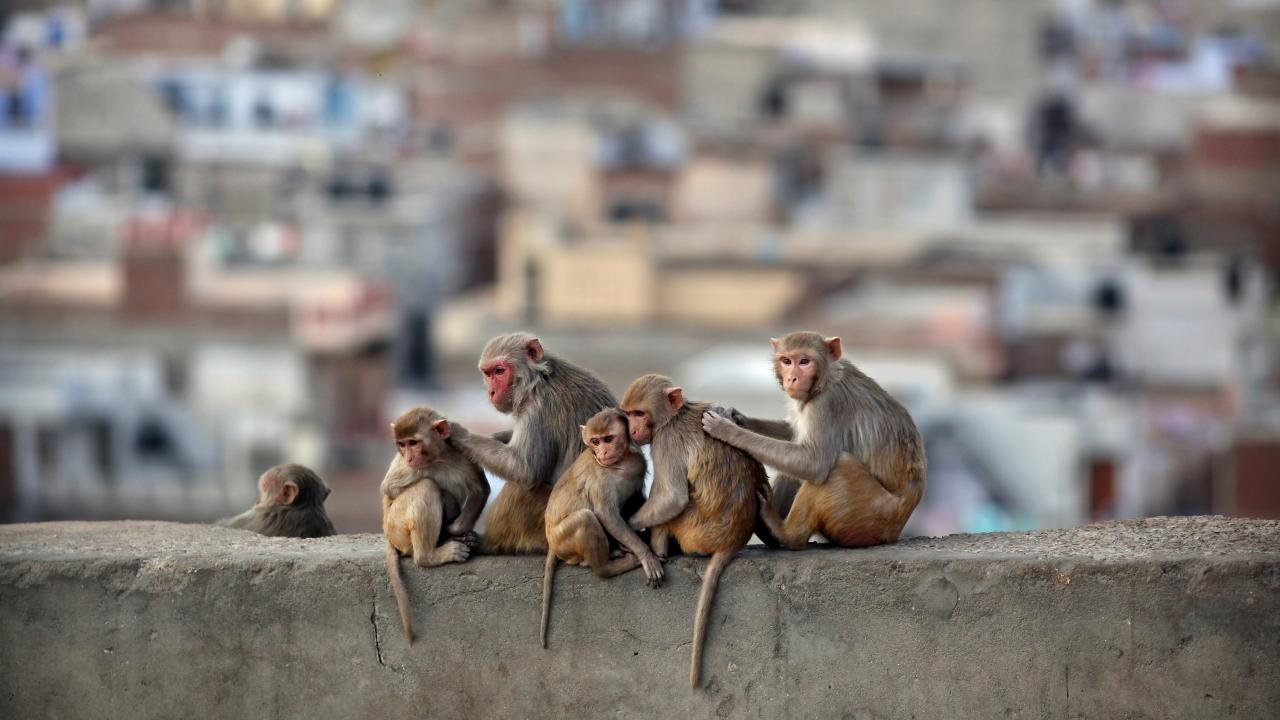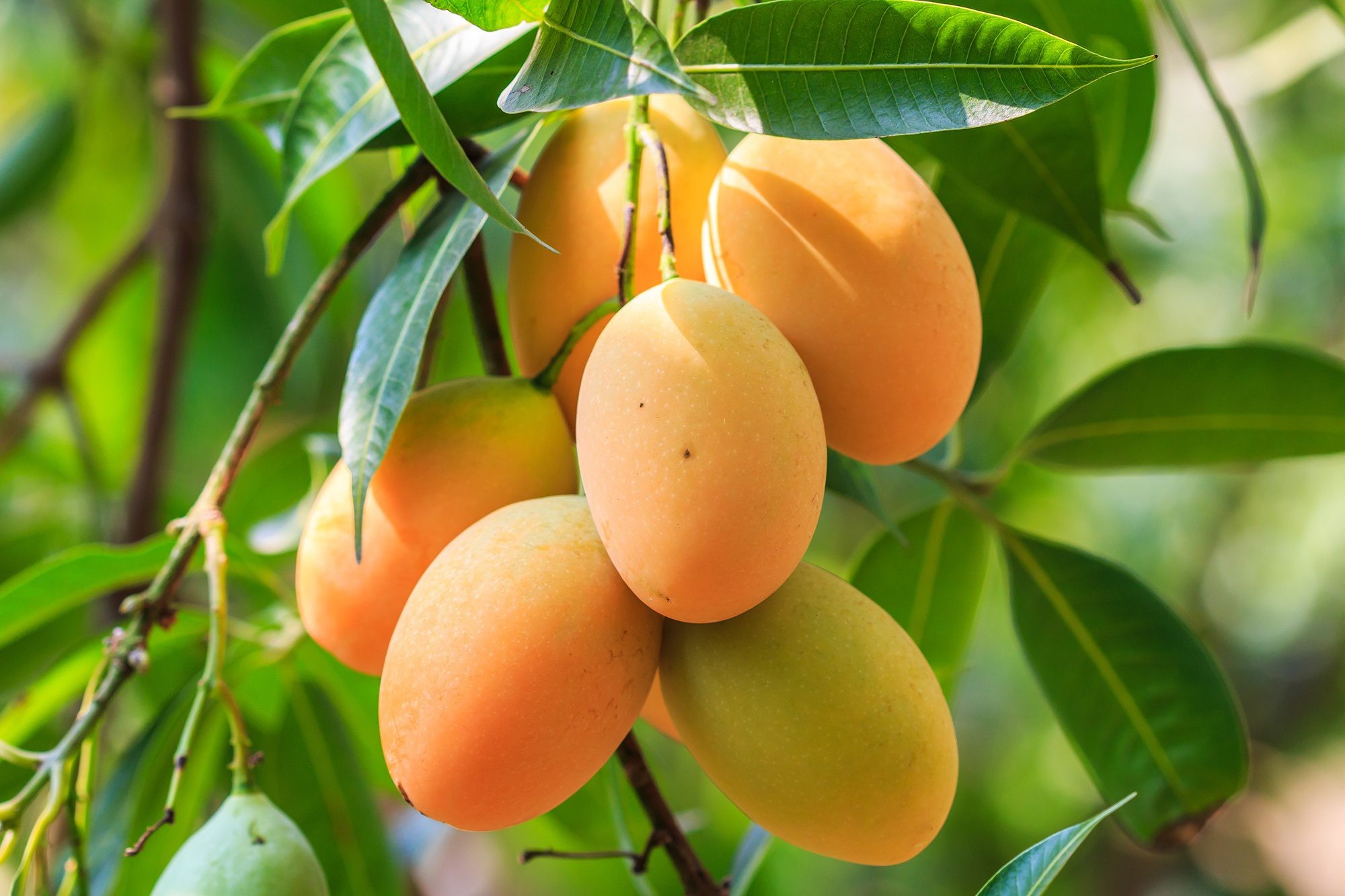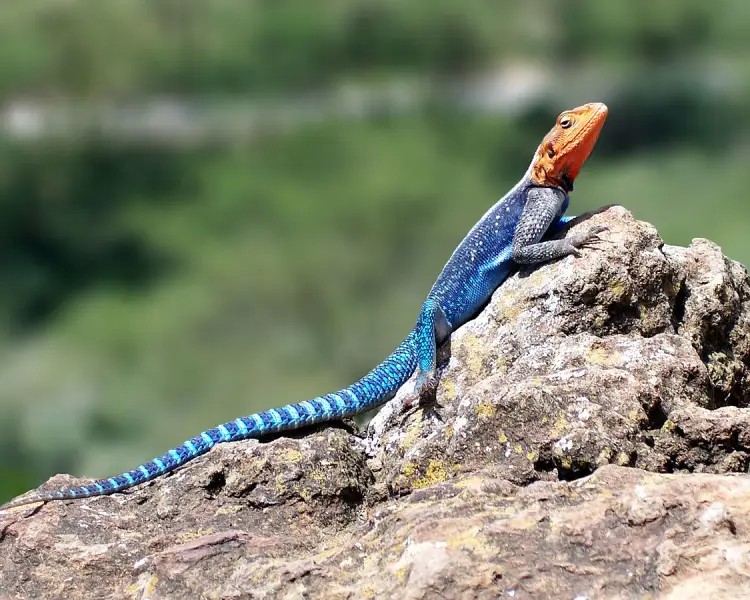- World Animal Day 2025, with the theme "Save Animals, Save the Planet" draws attention to both the resilient, peaceful wildlife that coexists with us in urban areas as well as endangered species in remote forests.
- The adaptation of animals to concrete landscapes in Nairobi and other metropolitan areas serves as a reminder that coexistence is not only possible but also necessary.
World Animal Day 2025, with the theme "Save Animals, Save the Planet" draws attention to both the resilient, peaceful wildlife that coexists with us in urban areas as well as endangered species in remote forests.
The adaptation of animals to concrete landscapes in Nairobi and other metropolitan areas serves as a reminder that coexistence is not only possible but also necessary.
Today, urban wildlife are a common sight. Monkeys swing across rooftops, porcupines scavenge near schools, and owls nest in urban parks. These animals are adapting to shrinking natural habitats, climate change, and expanding human settlements by developing new strategies to thrive in built environments.
Their presence shows nature's adaptability and a challenge to rethink how cities are planned.
This year’s World Animal Day theme highlights the connection between animal welfare and environmental sustainability. Urban wildlife plays an important role in maintaining ecological balance. Birds pollinate plants, predators control pests, and scavengers help manage waste. Their survival supports healthier cities and more resilient ecosystems.
Read More
Coexistence of these animals require effort of the habitat. Its division, pollution, and noise from traffic and construction disrupt animal behavior and threaten biodiversity.
Climate change compounds these pressures, altering migration patterns and food availability. Rising temperatures and erratic rainfall affect breeding cycles and force animals to seek shelter in unfamiliar places.
Kenya Wildlife Service (KWS) and local conservation groups are working to promote peaceful coexistence. Initiatives include planting indigenous trees, securing waste bins, and creating wildlife corridors to allow safe movement. These efforts show that conservation is not confined to national parks but begins in neighborhoods, schools, and gardens.
World Animal Day 2025 is a call to recognize urban wildlife as part of our shared environment. Protecting these animals means protecting the ecosystems they support. It means designing cities that can sustain both humans and also hospitable to the species that quietly enrich our lives.
As urban populations grow, the future of wildlife depends on how we choose to coexist. On this World Animal Day, let’s celebrate not just the animals in distant savannahs, but those in our backyards and commit to building cities where all creatures, great and small, can thrive.




 1-1759911416.jpg)


